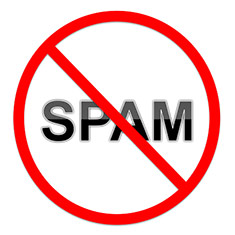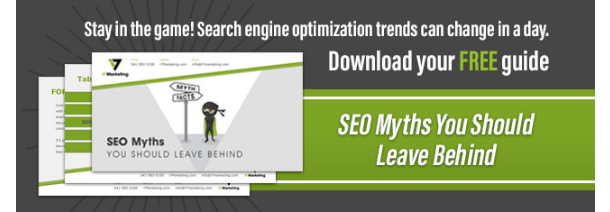When Google launched their Penguin update in April, it was designed to devalue and deter blatantly manipulative linking practices. This update has created some backlash from people who are worried their site’s rankings will tank.
Most should not be worried, at least according to the statistics, since the algorithm update supposedly only affected about 3.1 percent of English Google searches. As Google stated, other languages, like Polish, are more spam heavy and the update will have a larger impact on them.

Google encourages everyone to use white-hat SEO practices. Creating good content will ultimately gain sustainable website rankings and provide more real value to viewers than anything else.
If you are wondering what counts as a high-quality site, read this blog by Google employee Amit Singhal.
Have you been affected by the Penguin Update?
Most SEO people follow the progress of their site in the search rankings (if you haven't been tracking your rankings, you should be; at the very minimum, ask your SEO company to track them for you).
If you noticed after April that you weren’t showing up at the level you used to, you may have been hit by Penguin. Then again, it’s very easy to blame Google for a drop in rankings. Before you blame them though, run through common questions on site quality and see if Google indicates you are doing something wrong. If you want to find out if your site was affected, go back to your rankings after April 24th to see if you dropped or if you benefited after the update launched.
Yes, a drop in rankings could be a coincidence, but it at least merits a closer look.
How to Identify Bad Backlinks
Since the Penguin update was designed to enforce quality guidelines, you need to remove any on-page spam there may be on your website. If Google has warned you of inappropriate spam-related activity, they may have notified you on your Google Webmaster Central account. If you haven’t checked it before, you may need to verify your account.
Penguin is also believed to have targeted unnatural links. Strategies involving creating great content and attracting natural links will likely mean you won't have to worry about these manipulation-focused updates, but few active websites leave it at that. Here are some common ways to create an unnatural link profile:
- Using too many paid text links with the exact matching anchor text. This attempts to manipulate PageRank rather than giving users great content.
- Comment spam is common where people try to backlink using exact match anchor text and people who use a spam-like user name.
- Guest posts on sketchy sites. Guest posts are legitimate in nature, but when full of anchor text rather than content, it starts to draw the line on intent of the content.
- Article marketing sites. Sites with little to no content with exact match anchor text were commonly hit.
- Bad links from flagged sites. If you link back to sites with numerous pop-ups and other spam you too could be flagged by association.
Google already targets all of these things, but it made the algorithm better at penalizing people for abusing tactics to increase page rank. You might have been flagged for spam prior to the update. If so, correct whatever they flagged then file a reconsideration request. Remember the penalty from Penguin is an automatic one (not a manual penalty from someone spotting the spam and reporting it). This means a reconsideration request will not work if it is a true Penguin infraction. You can attempt to get Google's attention by filling out this form reporting an error with the Penguin Update, but most of us in the industry believe it's a waste of time.
It’s also not a bad idea to do some spring-cleaning on your website, and this blog provides some good tips on how to do this. You should be aware of where your website links to, and regularly check old links to make sure a spammer hasn't purchased a previously-relevant site and changed it to something your site shouldn't be associated with.
For the most part, Google’s Matt Cutts has indicated that they've seen the update perform as expected, but some search results have been downright weird. On this blog you can see Viagra’s official site does not show up, but spammy sites do while Bing got these search results right. After a closer look, though, the Viagra problem was there before Penguin even hit, so be sure to investigate your site’s historical ranking prior to assuming it was Penguin or another update.
Sticking to white-hat SEO and natural link building will help you in the long run, since sooner or later, Google will discount blatantly manipulative SEO tactics. Adapting to Google updates just comes with the SEO territory, but if your strategies are above-board, your journey will be much easier.



Submit a Comment
Your email address will not be published. Required fields are marked *